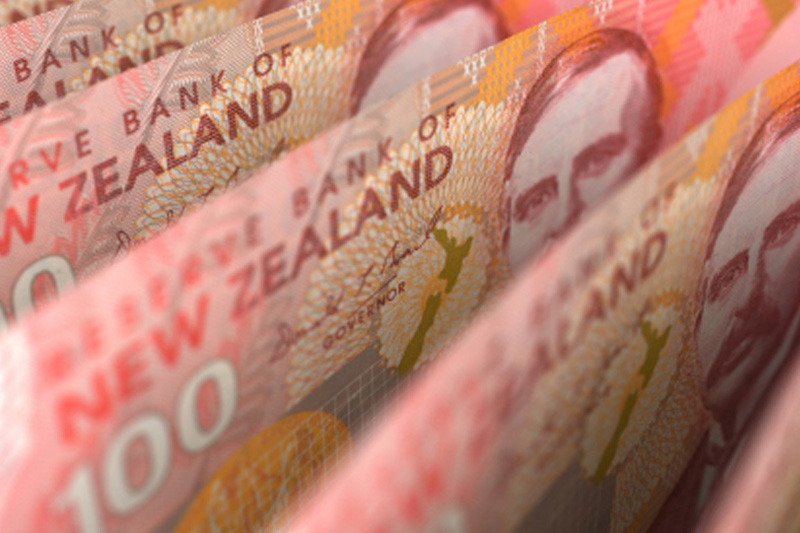Investing.com - The New Zealand dollar weakened sharply in Asia Wednesday after first quarter consumer prices rose less than expected.
NZD/USD traded at 0.8597, down 0.20%, after CPI rose 0.3% quarter-on-quarter, compared to an expected 0.5%.
Coming up Australia's March Westpac-MI Leading Index at 1030 Sydney (0030 GMT) and at China releases first quarter GDP data at 1000 (0200 GMT).
AUD/USD traded at 0.9360, down 0.02%.
Economists expect China GDP growth slowed to 7.3% year-on-year, from a gain of 7.7% in the previous quarter, marking the slowest pace of expansion in five years.
Later Bank of Japan Governor Governor Haruhiko Kuroda is due to deliver a short speech at 1515 (0615 GMT).
USD/JPY traded at 101.82, down 0.09%, early in Asia.
Overnight, the dollar firmed against most major currencies Tuesday after better-than-expected U.S. inflation rates hit the wire, though soft data out of the housing sector capped the greenback's gains.
The Labor Department reported earlier that the U.S. consumer price index rose 0.2% in March, exceeding expectations for a 0.1% gain, after a 0.1% uptick the previous month.
The on-year rate rose 1.5% in March, beating estimates for a 1.4% gain though still below the Fed's 2% target.
The core consumer price index, which excludes volatile food and energy items, rose 0.2% last month, beating estimates for a 0.1% increase, after a 0.1% gain in February.
The on-year core consumer prices index rose 1,7%, beating estimates for the index to remain unchanged at 1.6%.
Elsewhere, a separate report showed that the Empire State manufacturing index fell to 1.3 for April from 5.6 in March, defying expectations for a rise to 8.2.
Investors viewed Tuesday's overall data as solid enough to keep the Federal Reserve dismantling its monthly asset-purchasing program, which currently stands at $55 billion.
Monthly bond purchases by the Fed weaken the dollar by suppressing borrowing costs, sending investors to stocks in hopes in investing and hiring follow.
Soft housing data watered down demand for the greenback.
The National Association of Home Builders/Wells Fargo Housing Market Index came in at 47 for April, missing market calls for a reading of 50.
Readings below 50 mean more builders view market conditions as poor than favorable, and April's showing marked the third consecutive month of a number below that threshold.
The US Dollar Index, which tracks the performance of the greenback versus a basket of six other major currencies, was flat at 79.87.
On Wednesday, the U.S. is to produce reports on housing starts, building permits and industrial production.
